Our spin-off hippybees brings sustainability to agriculture and color as well as biodiversity on the fields. Healthy and wild cultivation of plants has been already established in permaculture gardens and can now be adapted through Digital Innovation in Agriculture.
Robotics and Artificial Intelligence are part of the team in hippybees’ vision of the future, offering a shift in consumer perspective to revolutionize agriculture.
INNOVATION MEETS TRADITION
What is hippybees exactly?
Giorgi Shuradze: With hippybees, we want to transform agriculture – the way food is produced – from the ground up by giving more farmers access to scalable and nature-based farming through polyculture. Without robotics and artificial intelligence, large-scale harvesting would not be possible, in a polyculture environment, as each crop has its own harvesting process. Our focus is to explore, spread and scale polyculture in agriculture.
POLYCULTURE, THE MOST NATURAL FORM OF AGRICULTURE
What is polyculture?
Giorgi: Polyculture is the umbrella term for practices such as agroforestry, permaculture, strip cropping or pixel cropping. Unlike the traditional monoculture setup. In polyculture different plants are cultivated on one field. When the right plants are combined, they develop natural synergies with each other. This effect leads to improving soil quality and fostering biodiversity, which is a natural pest control.

Is applying polyculture limited to particular soils or climates?
Giorgi: Polyculture originates in Southeast Asia where it is still practiced today. There is no limitation to its applicability worldwide. The secret sauce is to combine and select the right plants that are suitable for the particular climate zone. It can be done anywhere, regardless of climate zones or particularly the soil condition.
Why is polyculture not already common practice in agriculture?
Giorgi: In the postwar period, the focus in agriculture was on increasing efficiency through standardization. It was about massive mechanization of agriculture. Huge fields with one crop were cultivated with only one specific machine. This was technically easy to implement, however, it is neither sustainable nor does it maximize yields. Further it requires the use of fertilizers and pesticides. Now people are beginning to revisit the common practice. With the help of new technologies in machine learning and robotics, it is possible to scale polyculture beyond private use and garden size.

Is there scientific evidence of the benefits of polycropping over monocropping?
Giorgi: Yes! There are numerous scientific studies in this field, in Germany, in the Netherlands, in the U.S., in Canada and in many other countries. All results show that yields as well as soil quality and biodiversity increases, in areas where fields are cultivated through a polyculture field design.
DIGITAL TRANSFORMATION OF AGRICULTURE IN CLOSE COLLABORATION.
Despite the many benefits, why is there no other startup besides hippybees in the field of polyculture?
Giorgi: First of all, the awareness of revisiting traditional agriculture is slightly coming to the attention of the broader society. Our environment is suffering and you realize the impact of mistreating nature. We finally have to do something to take care of our environment. More and more new solutions are generated in the scope of circular economy. The awareness for sustainable solutions is increasing in every sector, and in particular in agriculture. The loss of biodiversity and the rate at which biodiversity is lost around the world is beyond imagination. Secondly, we have the technological capabilities to realize breakthroughs in artificial intelligence and robotics that allow scaling of polyculture practices beyond the size of the garden.
How are AI and robotics used?
Giorgi: Imagine a field cultivated with a single crop. Easy to manage with a machine, right? A field with several different crops requires new technologies: What do I plant, an where, at what time, and at what intervals? How do I maintain a mixed field? How do I harvest when I can’t use a large harvester? Artificial intelligence, especially image recognition systems, are particularly important here, and the development of robotics for management and harvesting will automate labor-intensive steps, reducing costs in the long run. This combination of polyculture practices with the latest technologies has the potential to not only make food systems more sustainable, but also redefine the cost structure in agriculture.
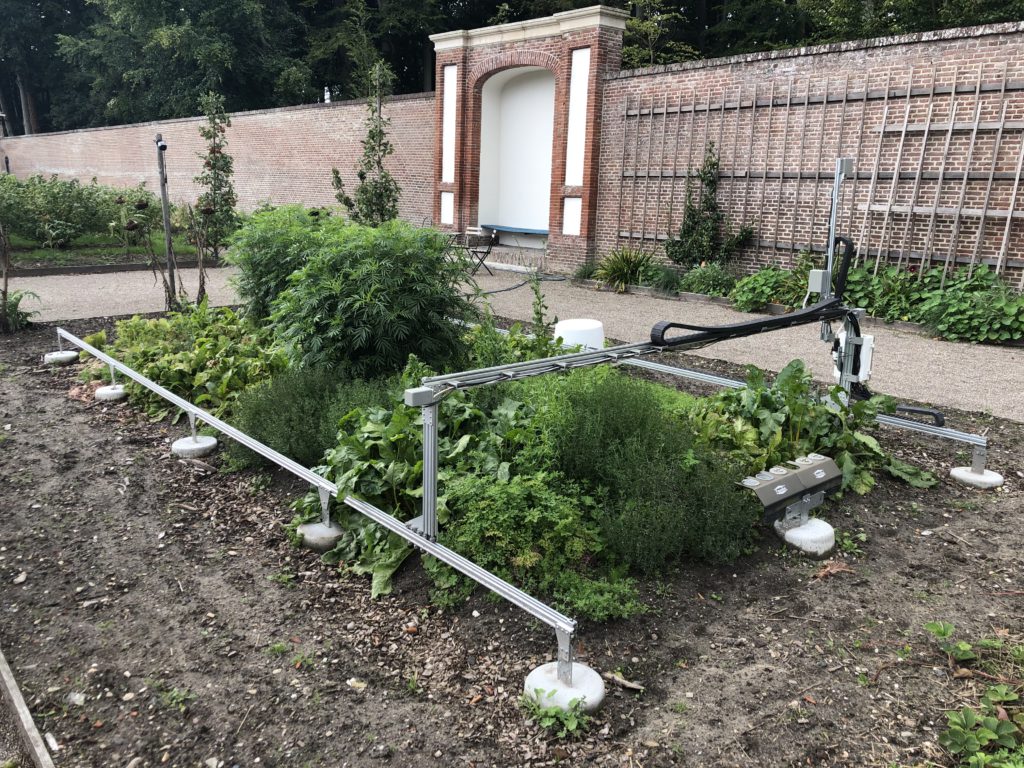
And what role does hippybees play in this?
Giorgi: The first step was to focus on the market. hippybees is currently the first brand and only platform, if not the only company, that exclusively offers polyculture products to consumers. Our goal is to establish a market for such products and raise consumer awareness of sustainability and benefits in polyculture. We are also working on software solutions for the ideal planning and design of fields and the selection of the right combinations of plants. A wealth of tasks can only be accomplished in collaboration.
Absolutely! Who are the partners of hippybees?
Giorgi: We are very lucky to have BIG PICTURE as our main supporter in technological development. Also, collaboration with universities and research institutions are contributing through groundbreaking research. In particular, with Wageningen University in the Netherlands and with various farmers who are currently applying and implementing these models in their fields.
What does harvest look like in polyculture?
Giorgi: Are you asking about the actual harvest or the harvest of our work?
Both!
Giorgi: When it comes to harvesting the fields, farmers do the main job and we try to support them as much as we can. When it comes to the outcome of our work, harvesting is a continuous task. Always looking for the next steps. So we’re harvesting step by step.
What can we expect from hippybees in the near future?
Giorgi: We want to become the source for polyculture. With our cooperation partners, we are working on more products from polyculture under the brand hippybees.
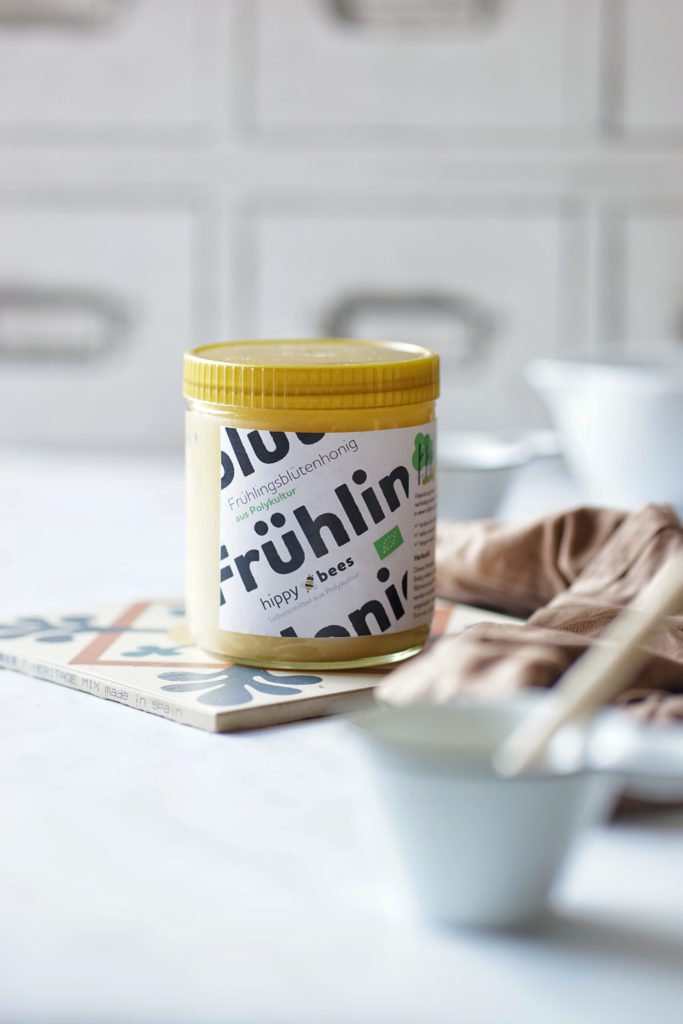
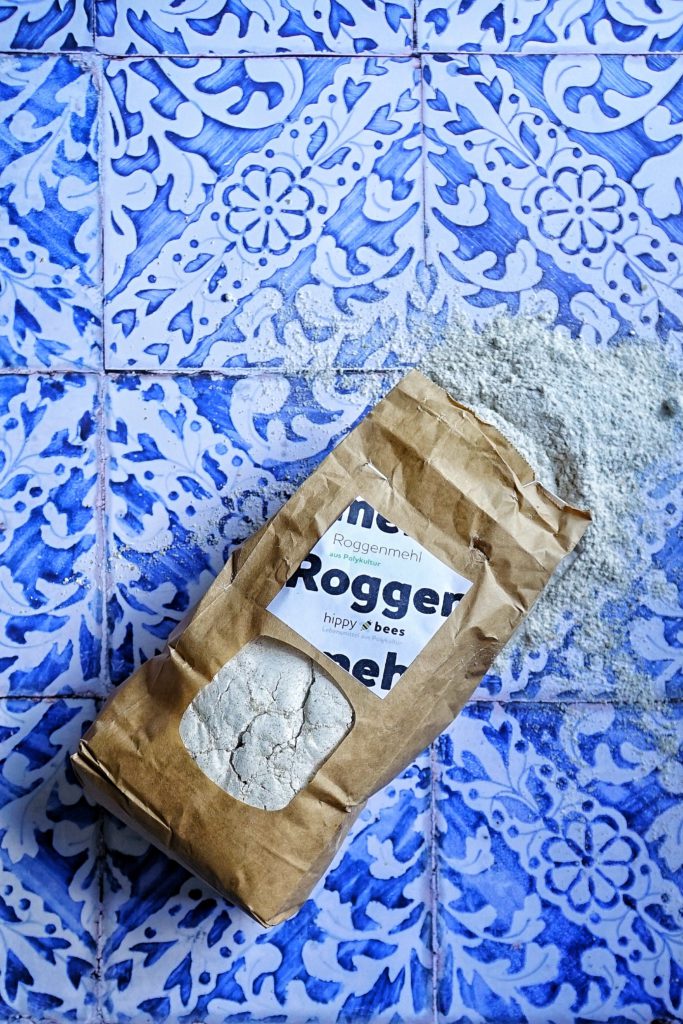

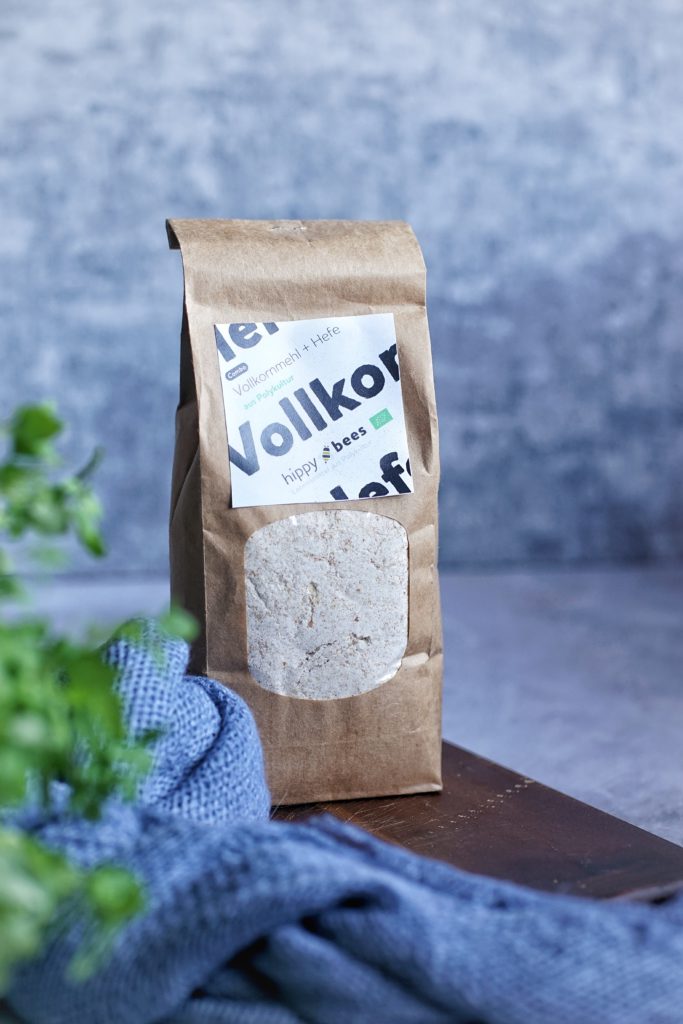

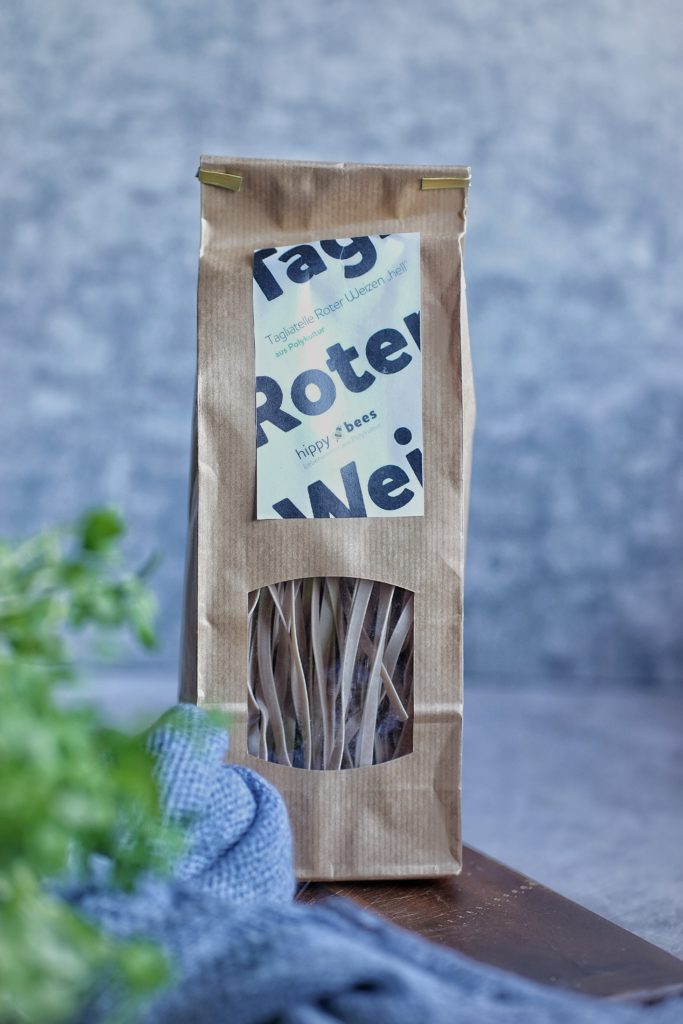
Very exciting! What challenges did you face along this journey?
Giorgi: It is a painful question – the very early days of starting the company were exhausting. Two weeks into the venture building process in March 2020, the nationwide lockdown was announced in the Corona pandemic. We were about to really hit the ground running and were abruptly stopped. All our plans needed to be revisited and we faced a shortage of supplies and farmers couldn’t work. Development of the venture was paused. With ourselves left in the eye of the hurricane. We took a step back and focused on research and thereby laid the ground for a knowledge base for potential product portfolio and crafted the go-to-market approach. We experienced that the collaboration with BIG PICTURE and the universities as well as farmers intensified through this crisis.

What motivated you to continue the project?
Giorgi: Doing something socially important, creating something meaningful and working on a relevant topic, is the motivation for our entire team.
What has been the best experience since you started hippybees?
Giorgi: The time of orientation, finding the right course and deciding on how to position ourselves. Taking the first step and being confident it’s the right way. It is an affair of the heart, with the potential to make the world a little bit better.
What would a world look like where polyculture dominates in agriculture?
Giorgi: That world would be very colorful. More natural. In my opinion it would resemble a garden, with lots of colorful plants. A place where people want to live. In harmony with nature.
This interview was conducted by Maximilian Vogel and Hoa Le.
More information about hippybees:
https://www.hippybees.com
https://www.instagram.com/hippybees